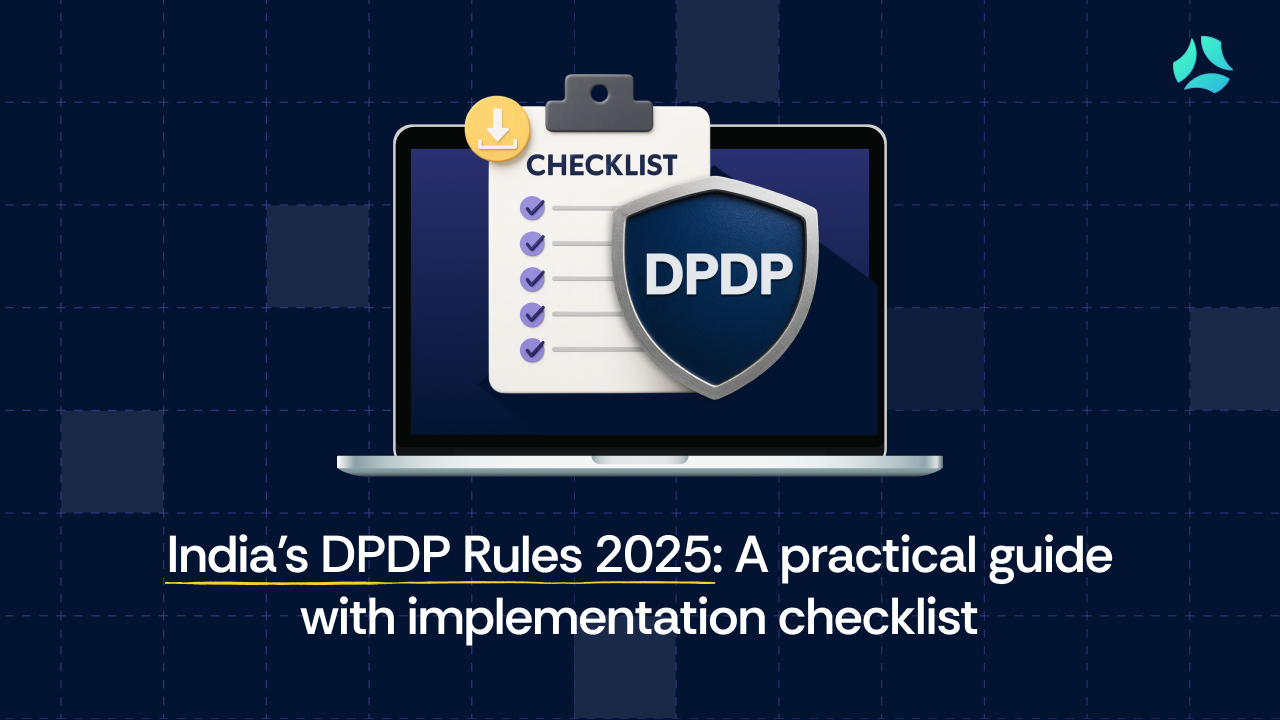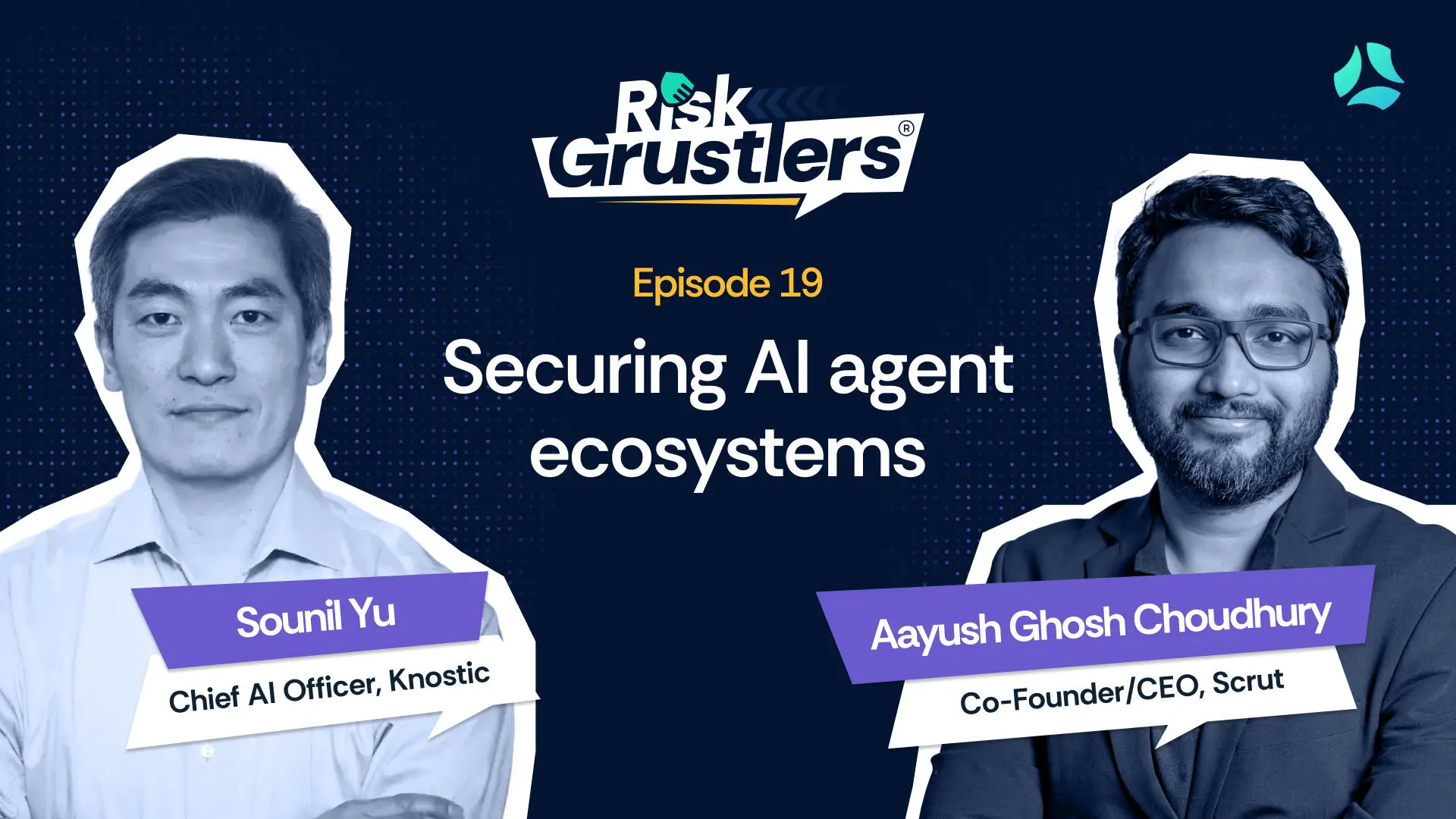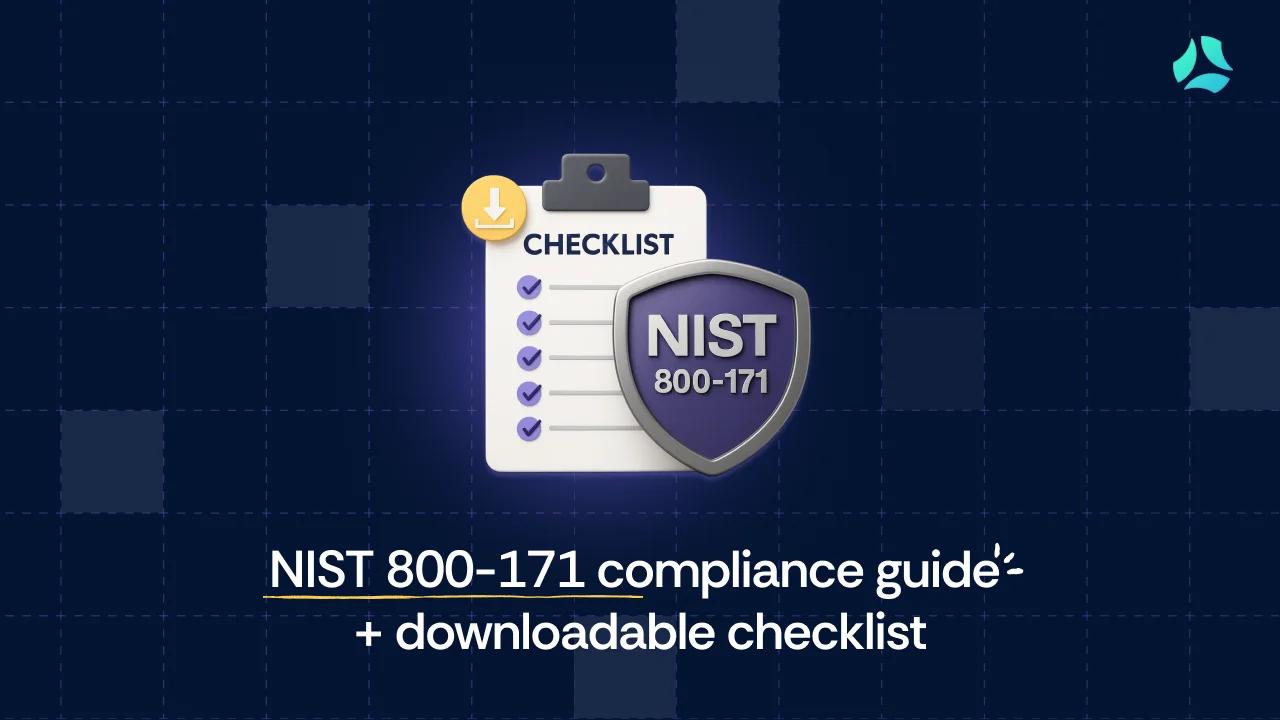How to calculate Risk Priority Number RPN in FMEA

Welcome to our guide on calculating Risk Priority Number (RPN) in Failure Modes and Effects Analysis (FMEA). In today’s dynamic manufacturing terrain, where efficiency and quality are paramount, understanding and effectively utilizing RPN can significantly enhance decision-making processes and mitigate potential risks.
RPN serves as a quantitative tool within FMEA, aiding in the prioritization of failure modes based on their potential impact and occurrence likelihood. This chapter sets the stage by providing an overview of RPN, its significance, and its role in proactive risk management strategies.
How to calculate RPN in FMEA?
RPN is a numerical assessment derived from multiplying three key parameters:
Each parameter is assigned a rating on a predefined scale, typically ranging from 1 to 10 or 1 to 5, with higher values indicating greater severity, occurrence likelihood, or detection difficulty.
The concept behind RPN is simple yet powerful: by quantifying the impact, frequency, and detectability of potential failures, organizations can prioritize their resources and efforts toward addressing the most critical risks first.
However, it’s essential to comprehend the nuances of each parameter and how they interplay in determining overall risk prioritization.
After calculating RPN for all identified failure modes, the next step involves sorting them in descending order of RPN values. This prioritization enables organizations to focus their attention and resources on addressing the most critical risks first, thereby enhancing product quality, reliability, and customer satisfaction.
Assigning ratings in FMEA
Effective utilization of RPN hinges on the accurate assignment of ratings for Severity, Occurrence, and Detection. While different industries and organizations may utilize slightly varied rating scales, the fundamental principles remain consistent.
- Severity (S): This parameter evaluates the potential impact of a failure mode on the end-user, product, process, or system. Ratings typically consider factors such as safety, compliance, customer satisfaction, and operational performance. Higher ratings are assigned to failure modes with severe consequences, while lower ratings indicate minor impacts.
- Occurrence (O): Occurrence rating reflects the likelihood or frequency of a failure mode occurring within the system or process under consideration. Factors influencing occurrence ratings may include historical data, process stability, control measures, and environmental conditions. Higher ratings signify higher occurrence probabilities, whereas lower ratings denote less frequent occurrences.
- Detection (D): Detection rating assesses the effectiveness of current detection mechanisms in identifying or preventing the occurrence of failure modes before they impact the end-user or product. Factors influencing detection ratings include inspection methods, testing protocols, monitoring systems, and human error potential. Higher ratings suggest poorer detection capabilities, while lower ratings indicate robust detection measures.
By assigning accurate ratings for Severity, Occurrence, and Detection, organizations can derive meaningful RPN values that guide informed decision-making and risk mitigation strategies. However, achieving consensus on ratings often requires cross-functional collaboration, leveraging diverse perspectives and domain expertise within the organization.
Practical applications of RPN
Beyond its traditional application in FMEA, RPN finds practical utility in various industries and contexts. From healthcare to automotive, aerospace to software development, RPN serves as a versatile tool for assessing and managing risk across diverse domains.
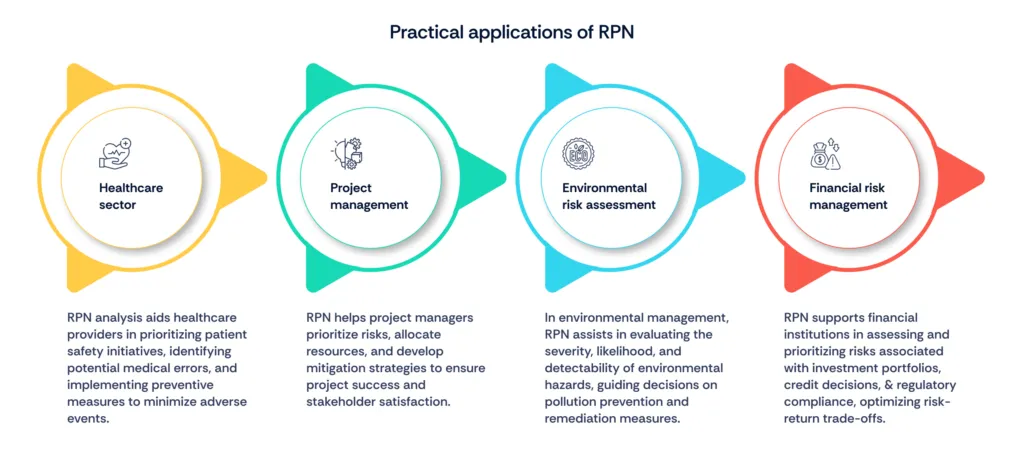
By adapting RPN to specific industry requirements and organizational contexts, stakeholders can harness its analytical power to make informed decisions, enhance resilience, and drive sustainable business outcomes.
Enhancing RPN with AI and community insights
The convergence of Artificial Intelligence (AI) and collective wisdom from the community has the potential to revolutionize how RPN is utilized and optimized.
Leveraging AI algorithms, machine learning models, and the collective expertise of professionals within online communities such as LinkedIn, organizations can augment traditional RPN analysis with advanced predictive capabilities and real-time insights.
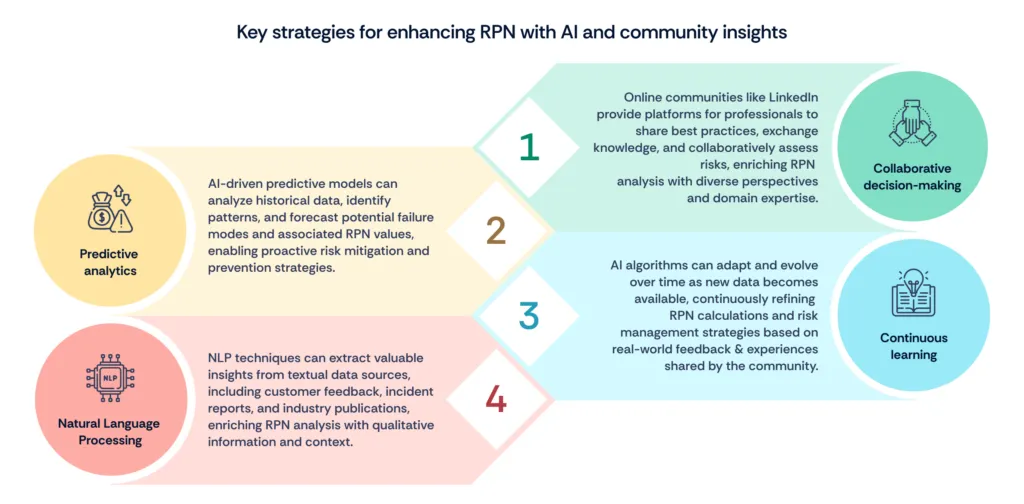
By harnessing the power of AI and community insights, organizations can elevate RPN analysis from a static, retrospective process to a dynamic, proactive approach that anticipates and mitigates risks before they escalate into critical issues.
Updating RPN: Best practices
Effective risk management requires ongoing monitoring, evaluation, and refinement of RPN values to ensure alignment with changing business environments, technological advancements, and stakeholder expectations.
By adopting a proactive and data-driven approach to RPN updates, organizations can enhance their ability to anticipate, mitigate, and manage risks effectively, fostering resilience and innovation in the face of uncertainty.
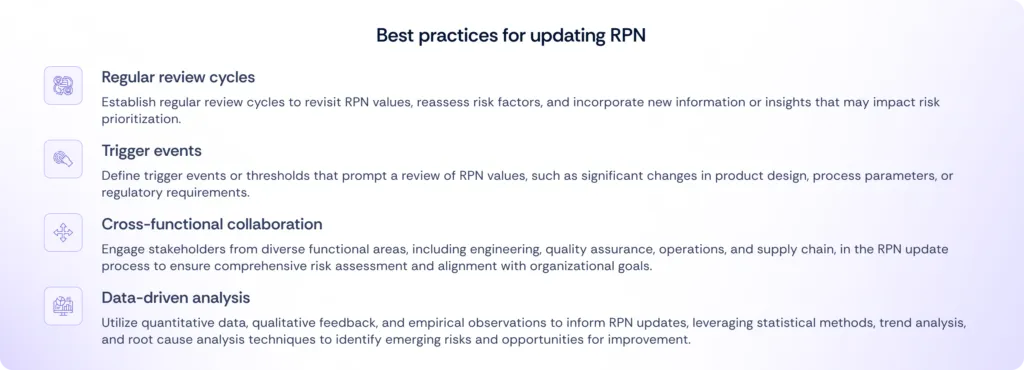
Additional considerations in RPN analysis
While RPN provides a valuable framework for prioritizing risks in FMEA and other contexts, it’s essential to acknowledge its limitations and consider additional factors that may influence risk assessment and decision-making processes.
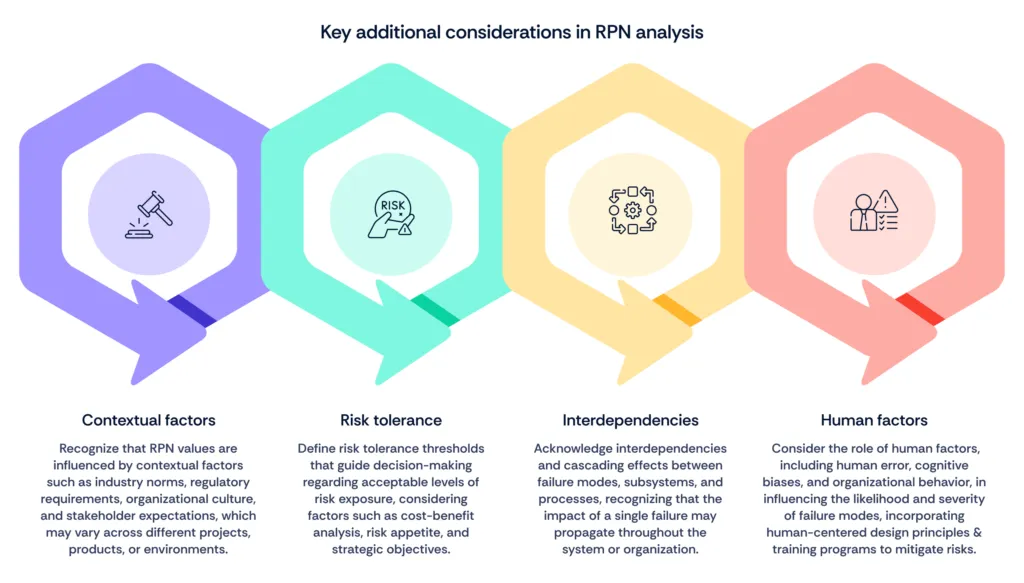
By embracing a holistic and nuanced approach to risk assessment that extends beyond RPN values alone, organizations can foster a culture of resilience, innovation, and continuous improvement, ensuring long-term success and sustainability.
Wrapping up
In conclusion, the Risk Priority Number (RPN) is a vital tool in proactive risk management, empowering organizations to prioritize resources, improve quality, and ensure safety. Through this guide, we’ve delved into its fundamentals, practical applications, and strategies for enhancement.
As you navigate complex business landscapes, consider integrating RPN into your risk management processes. Scrut, your partner in risk assessment, encourages you to scrutinize existing practices, embrace RPN, and explore AI and community insights for informed decision-making.
Together, let’s navigate uncertainty with confidence, driving innovation and delivering value to all stakeholders. Get in touch today!
Frequently Asked Questions
1. What is Risk Priority Number (RPN) and why is it important in Failure Modes and Effects Analysis (FMEA)?
Risk Priority Number (RPN) is a numerical assessment used in FMEA to prioritize potential failure modes based on their severity, occurrence likelihood, and detection difficulty. It’s crucial in FMEA as it helps organizations identify and address high-risk areas, improving product quality and reliability.
2. How do I assign ratings for Severity, Occurrence, and Detection in RPN calculation?
Ratings for Severity, Occurrence, and Detection are typically assigned on predefined scales, such as 1 to 10 or 1 to 5, based on the impact, likelihood, and detectability of failure modes. Higher ratings indicate greater severity, occurrence likelihood, or detection difficulty, while lower ratings signify the opposite.
3. What are some practical applications of RPN in manufacturing operations and other industries?
RPN finds applications in process improvement, supplier evaluation, root cause analysis, and risk-based decision making in manufacturing operations. It’s also utilized in healthcare, project management, environmental risk assessment, and financial risk management across various industries.
4. How can artificial intelligence (AI) and community insights enhance RPN analysis for proactive risk management?
AI algorithms can analyze historical data and predict potential failure modes, while community insights provide diverse perspectives and domain expertise. Together, they enrich RPN analysis, enabling proactive risk mitigation strategies and informed decision-making.
5. What are the best practices for updating RPN and ensuring its relevance over time in dynamic business environments?
Regular review cycles, defined trigger events, cross-functional collaboration, and data-driven analysis are key to updating RPN effectively. By incorporating these best practices, organizations can maintain the relevance of RPN and adapt to changing business landscapes.



